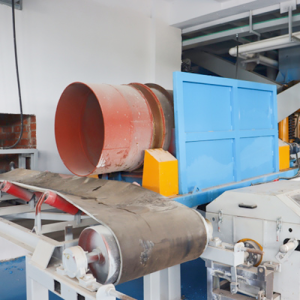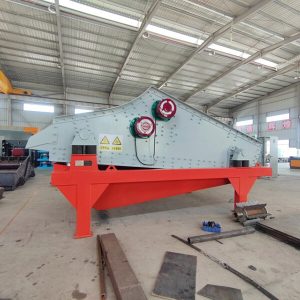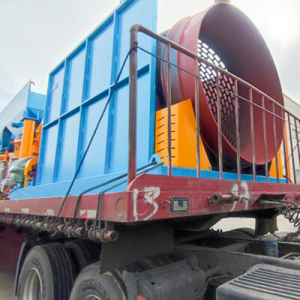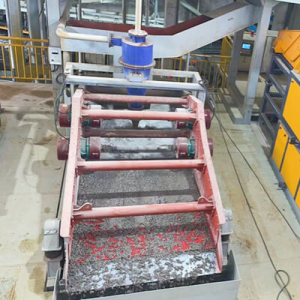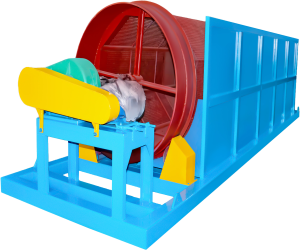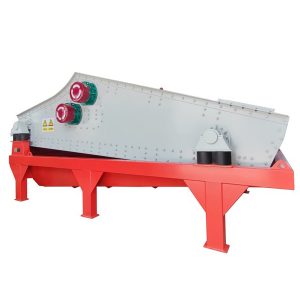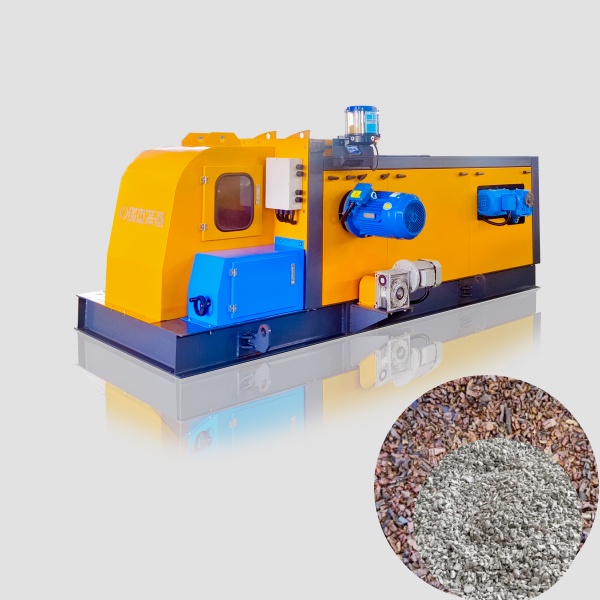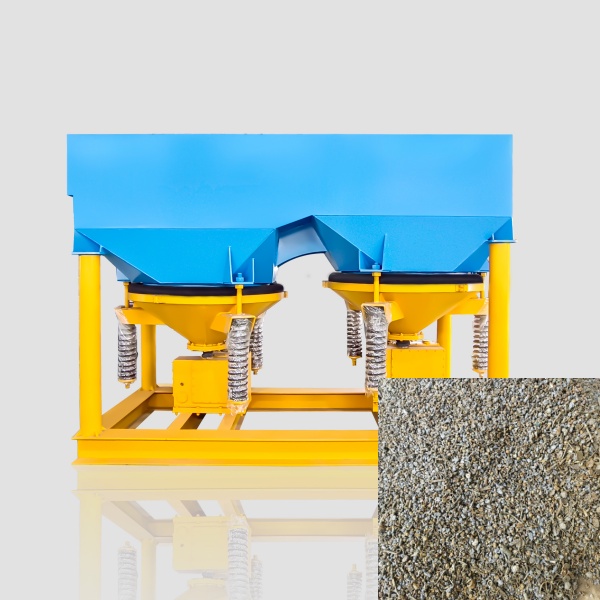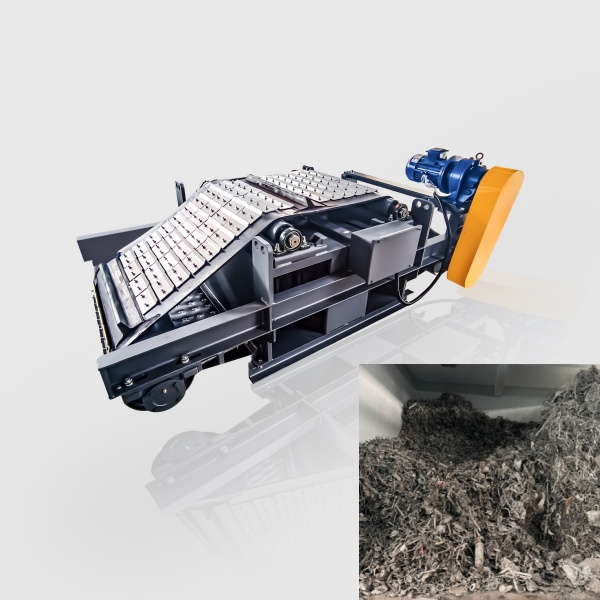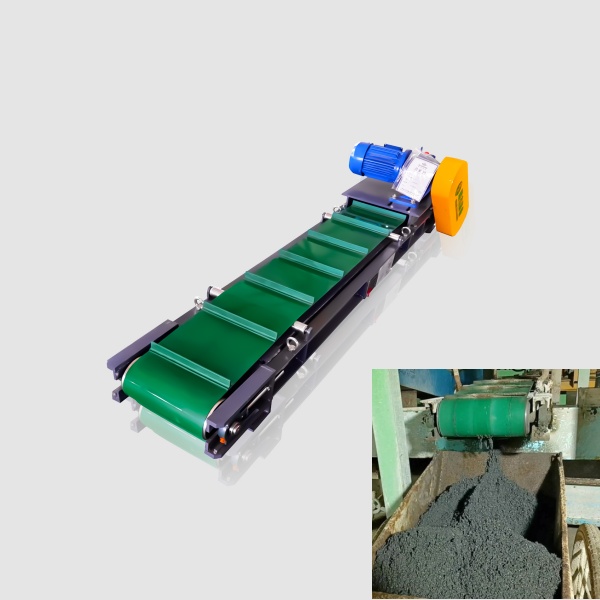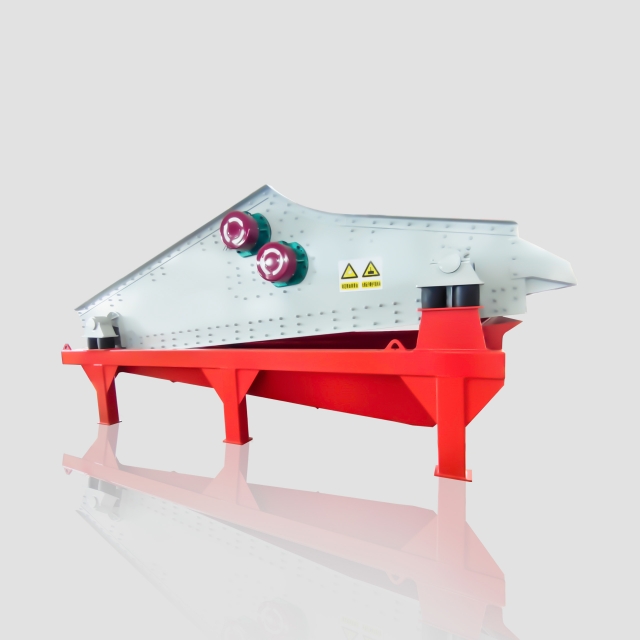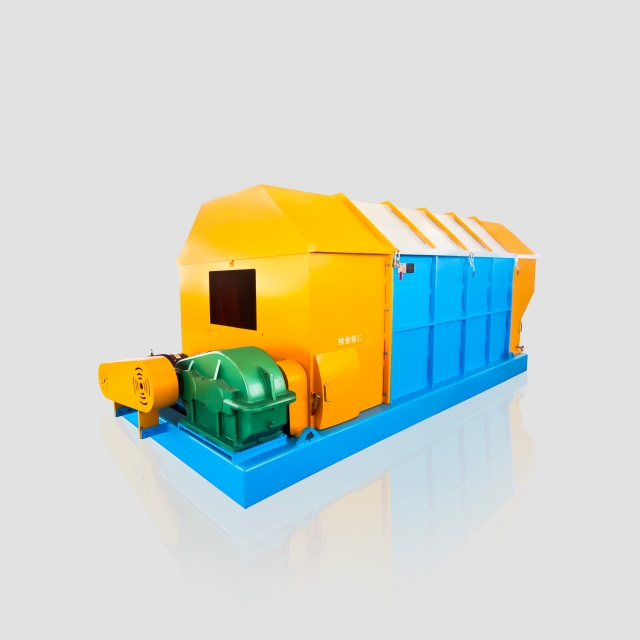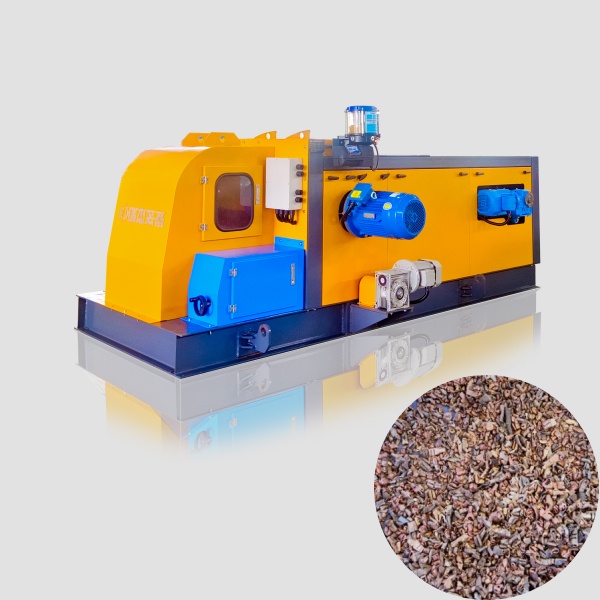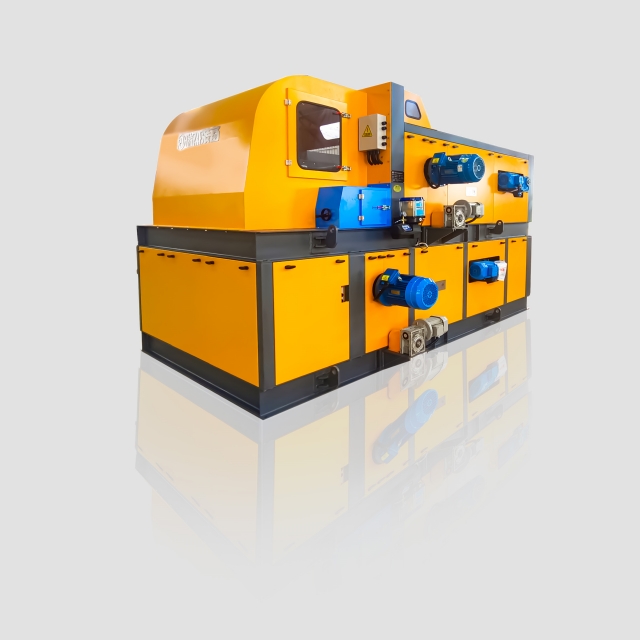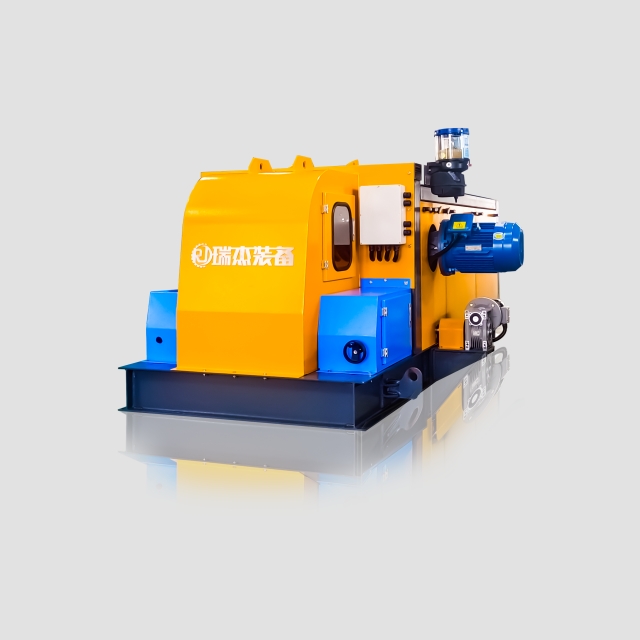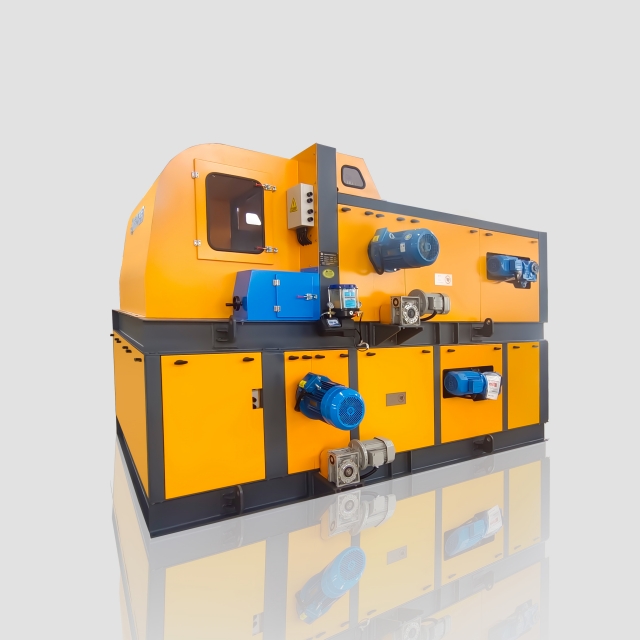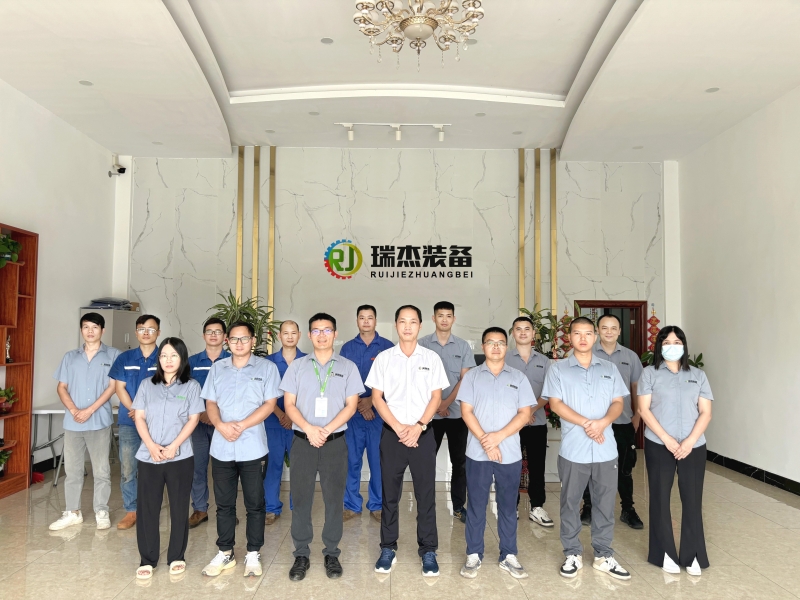Choosing between a trommel screen vs a vibrating screen depends on the material you need to process. Trommel screen vs vibrating screen, in fact, each machine offers unique advantages for specific applications, from handling wet, sticky materials to sorting fine, dry particles. In this article, we’ll compare the two to help you determine which is best suited for your needs.
What is Trommel Screen?
The trommel screen consists of a perforated or mesh-covered cylinder that allows materials to pass through based on size. The drum screen operates using rotational movement. As the drum rotates, materials tumble inside, promoting separation based on particle size. Larger particles remain inside the drum, while smaller ones pass through the openings. This rotating drum shape ensures consistent material flow and reduces the risk of clogging.
Advantages of Trommel Screens
Trommel screens excel in handling coarse materials. Their cylindrical drum design and rotational motion make them highly effective for separating larger particles. The tumbling action of the drum ensures that coarse materials are efficiently screened, even when dealing with irregularly shaped particles.
Trommel screens play a crucial role in waste management. Their ability to handle mixed materials, including wet and sticky waste, makes them indispensable in recycling facilities. Their durability and ability to handle high volumes make them ideal for large-scale waste management projects.
Common Applications for Trommel Screens
Trommel screens are commonly used to separate recyclable materials from waste. The rotating drum design allows efficient sorting of materials like plastics, metals, and glass. In the mining sector, trommel screens can handle large volumes of material, making them ideal for processing mined aggregates. The tumbling action of the drum ensures effective separation of coarse materials from finer particles.
What is Vibrating Screen
The vibrating screen is typically made of mesh or perforated plates, allowing particles to pass through based on size. Unlike the cylindrical design of the drum screen, the flat deck provides a larger surface area for screening. The vibrating screen relies on vibratory motion to sort materials. The vibrations cause particles to stratify, with smaller particles moving downward and larger ones staying on top. This motion ensures efficient screening and reduces the risk of material buildup.
Advantages of Vibrating Screens
The vibratory motion ensures accurate separation, making them suitable for industries like food processing and mineral processing. Linear vibrating screens, in particular, provide consistent results when handling fine powders or granules. This precision is essential for applications requiring uniform particle sizes, such as in the production of construction aggregates or chemical products.
Common Applications for Vibrating Screens
Vibrating screens are widely used in construction projects. They excel at screening fine materials like sand, gravel, and crushed stone. In food processing, vibrating screens ensure the separation of fine powders and granules. They are used to screen ingredients like flour, sugar, and spices. The high-frequency vibrations provide accurate separation, ensuring product consistency. In the chemical industry, vibrating screens handle materials like fertilizers and polymers.
Trommel Screen vs Vibrating Screen: Key Differences Explained
Working Principles
A trommel screen operates using rotational motion to facilitate the screening process. The cylindrical drum rotates continuously, causing materials inside to tumble. The trommel screen achieves separation by utilizing the size differences between particles. The drum’s perforations or mesh openings determine the size of particles that can pass through. Larger particles are retained and discharged at the end of the drum.
A vibrating screen uses vibratory motion to enhance the screening process. The vibrations cause particles to stratify, with smaller particles settling at the bottom and larger ones remaining on top. This stratification improves the efficiency of the screening process by ensuring that each particle interacts with the screen surface. The screen deck vibrates at high frequencies, allowing particles to pass through the perforations or mesh based on their size.
Efficiency of Each Mechanism
Trommel screens excel at handling wet or sticky materials due to their rotational motion. The tumbling action prevents clogging and ensures continuous operation. Vibrating screens, however, may face challenges with sticky materials, as these can adhere to the screen surface and reduce efficiency.
Vibrating screens offer faster screening speeds due to their high-frequency vibrations. They are ideal for applications requiring high throughput and precision. Trommel screens, while slower, handle larger volumes of material effectively. This makes them suitable for bulk material processing in industries like mining and recycling.
Screening Accuracy
The trommel screen struggles with fine material separation. Its cylindrical drum design, while effective for coarse materials, often allows smaller particles to bypass the intended openings. This issue arises when fine particles stick together or fail to tumble adequately within the rotating drum. As a result, achieving high screening efficiency for fine materials becomes difficult.
The vibrating screen delivers high precision when separating uniform particle sizes. Its vibratory motion causes materials to stratify, ensuring smaller particles settle closer to the screen surface. This process enhances screening accuracy and minimizes the risk of oversized particles passing through.
Choosing the Right Screening Machine (Trommel Screen vs Vibrating Screen)
-
Material Type:
- Trommel Screen: Best for handling wet, sticky, or dense materials such as compost, dirt, or gravel.
- Vibrating Screen: Ideal for dry, fine, and abrasive materials like sand, coal, or minerals.
-
Screening Efficiency:
- Trommel Screen: Provides more efficient separation for bulkier, irregularly shaped particles, offering higher throughput.
- Vibrating Screen: Offers faster screening, but may have limitations with large or wet materials.
-
Cost and Maintenance:
- Trommel Screen: Generally more expensive upfront but requires less maintenance, making it more economical for high-volume or continuous operations.
- Vibrating Screen: Typically has a lower initial cost, but it may require more frequent maintenance due to the wear on the vibrating components.
-
Screening Capacity:
- Trommel Screen: Handles larger volumes of material due to its rotating drum design, making it suitable for large-scale operations.
- Vibrating Screen: Often better for smaller, more precise sorting tasks and works well in applications requiring a higher screening rate.
-
Durability:
- Trommel Screen: More durable in heavy-duty and demanding environments, especially for rough and abrasive materials.
- Vibrating Screen: While durable, its effectiveness can decrease when handling heavy or high-moisture content.
Conclusion
Trommel screen vs vibrating screen, both screens are effective, but the right choice depends on your material and processing requirements. Trommel screens are ideal for bulkier, wet materials, while vibrating screens excel in precision screening of dry, fine particles.
RUIJIE is a trusted manufacturer offering both trommel and vibrating screens, designed to meet the diverse needs of industries worldwide. Our machines are built for reliability, performance, and durability, ensuring smooth operations for your screening tasks. Choose RUIJIE for top-quality equipment that helps your business thrive and achieve greater efficiency!

